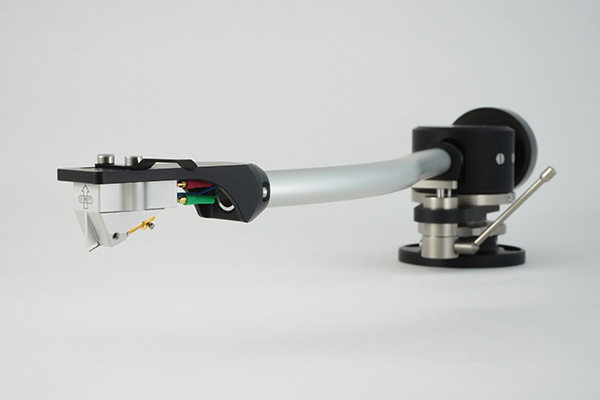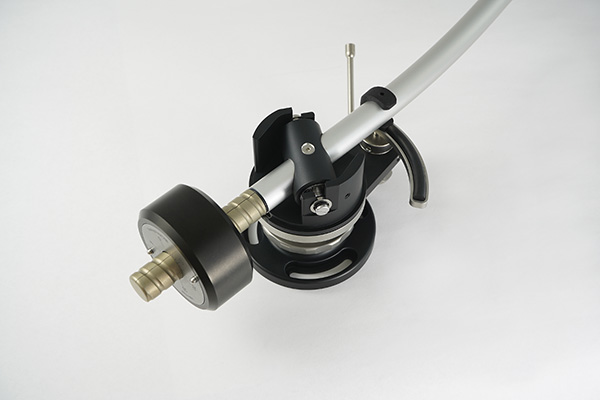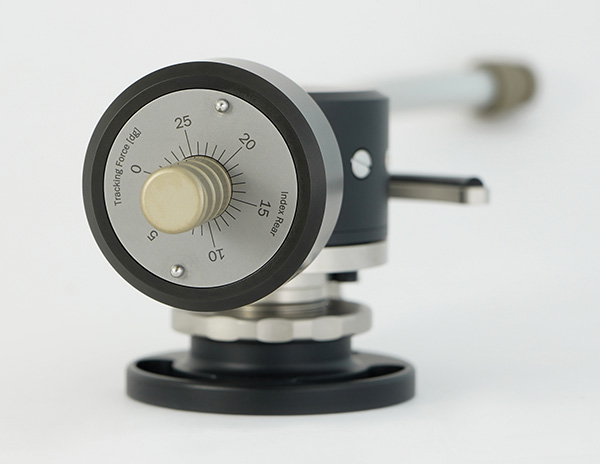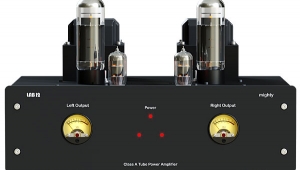| Columns Retired Columns & Blogs |
as the EMT combo really seemed to be next level here. If I had the dosh in this range ($8-9k), I would definitely start hunting down a dealer for a listen.
I still need to hear the Acoustic Sig Maximus Neo or the Tornado at the next expo. (Their tonearm installation approaches seem similar, if nothing else.) They seem like natural competitors as well.
Whatever, killer on the column this month. I've also noticed how your opinions / observations have changed over time. Ex., some preamps have come and gone, but a few have stayed behind for good reason.
I like how the Serene does with a tube amp and this setup (and front end). Great value is the takeaway for me, after these several months.











































